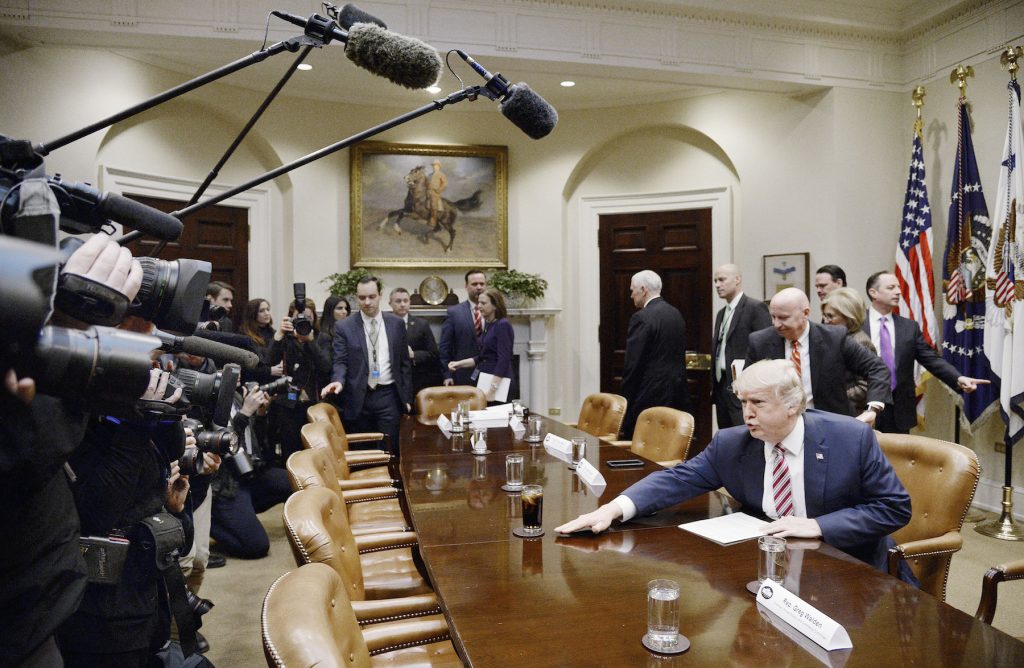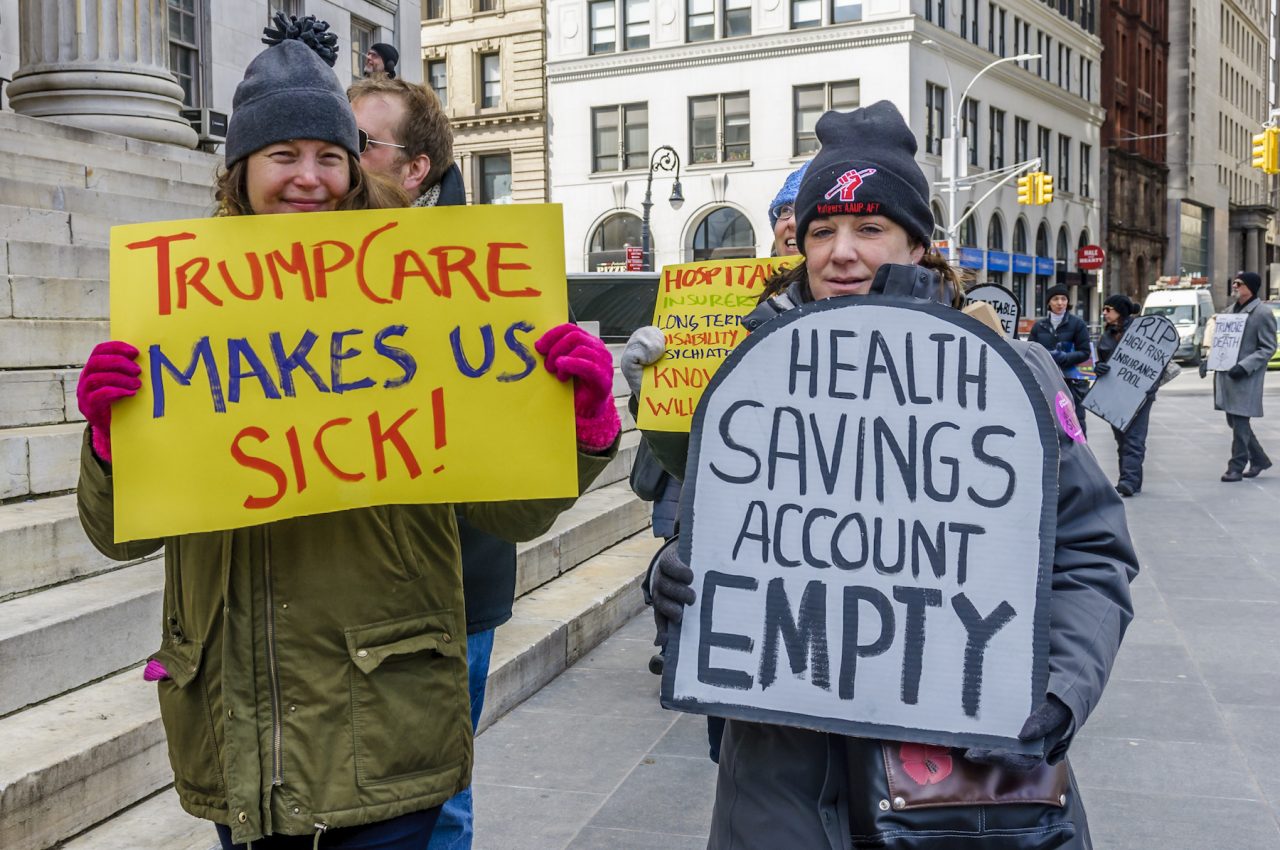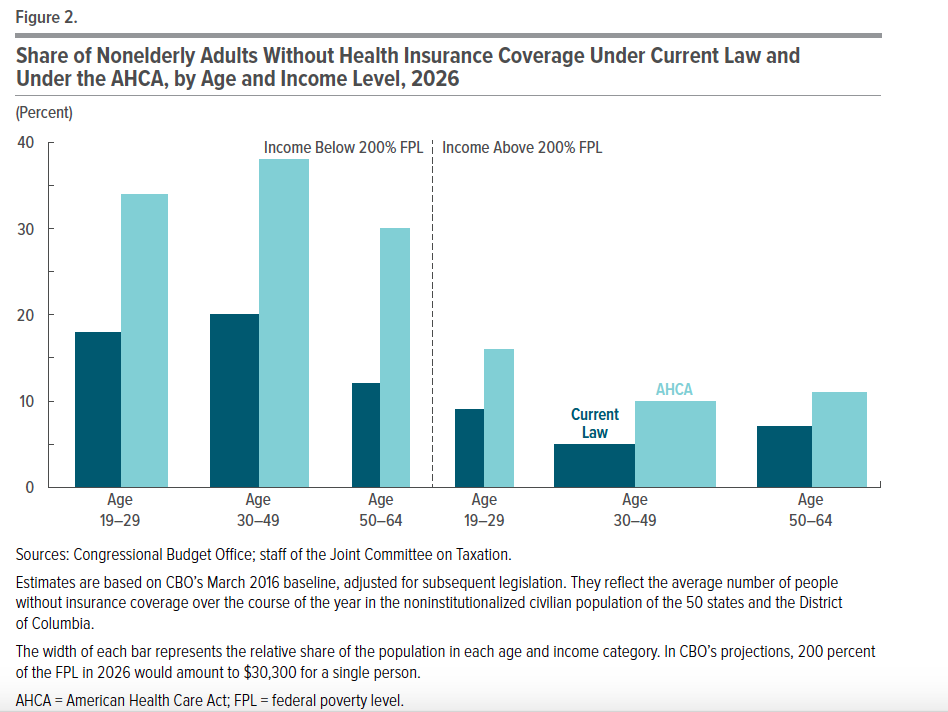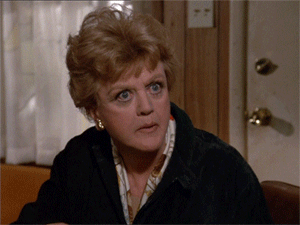
Confused about ‘Trumpcare’? Us too
The American Health Care Act – the Republican replacement for Obamacare – is quickly advancing through congress. This week it got its first report card from Congress’s official number crunchers, the Congressional Budget Office (CBO).
According to the CBO the new bill means that 24 million Americans will be uninsured by 2026 and it looks set to make healthcare cheaper for richer and younger Americans, and more expensive for older and poorer Americans. Some people are saying the report will make it harder for Republicans to pass the bill, so let's have a look at what's happening.
First up, what does the new bill actually do?

We’ll do our best to sum up the report and figure out what it will mean for Americans. (If you want a bit more detail about the new plan and how it compares to Obamacare, these two explainers from Vox and the Henry J Kaiser Family Foundation are pretty helpful).
The way the government helps people pay for healthcare will change big time...
Currently, the government makes you pay some percentage of your income for healthcare, and then they cover the rest. A lot of Americans make too much money to qualify for this program. Under the new plan, more people will be eligible to get help, but the total amount of money paid out will be smaller. The payments will also be based on age instead of income or the cost of healthcare — currently poorer people and people living in places with higher healthcare costs get the most help. In the new plan older people get the most help.
...and so will the government’s healthcare program for poorer people
Medicaid is the government program that provides free healthcare to the poorest Americans. Obamacare came up with new money to let a lot more people to sign up for Medicaid but the new plan does two big things: it phases out the people who were added on by the Obamacare expansion, and it limits the amount of money going to the program in general.
The ‘individual mandate’ is a goner...
Under Obamacare, pretty much everyone had to either get health insurance, or pay a fine – called the individual mandate. The idea was to use the fine to get healthy young people to buy insurance, which would help bring down costs for everyone else. In the new plan, the mandate is gone. To try to encourage healthy people to buy insurance, insurance companies can charge people more if they’ve recently been uninsured (i.e. people eventually get a penalty for not being insured).
...and so are a lot of other rules...
Currently insurance companies can only charge old people three times as much as young people. Republicans want to make that five times as much. They also want to roll back a lot of the about what insurance has to cover, so people can pay less for insurance that covers less if they want to.
...and the taxes that helped pay for Obamacare
Obamacare was paid for with a bunch of new taxes, almost all of which were aimed at richer Americans. The Republicans want to get rid of all of those taxes. According to the CBO report, these tax cuts will be ‘paid for’, because the new plan is a lot less expensive.
What does that mean for Americans?

The CBO was trying to find out what all that policy goop actually means. Here are its two biggest takeaways:
This bill has big winners and big losers
Pretty much everything governments do is better for some people than others, this bill is no different.
According to the CBO, a 21 year old making $68,200 would go from paying around $5,100 a year today, to paying $1,450 (for a plan that covers slightly less).
A 64 year old making $26,500 who currently pays $1,700 a year would be paying $14,600 (again, for a plan with less coverage). Although older Americans will get the biggest government payments in the new plan, their costs will also be much higher.
A LOT more people will be uninsured
According to the CBO, in the first year, about 14 million fewer people will have insurance if the new bill gets passed. By 2026, 24 million fewer people will have insurance.
The CBO says some of these people will be healthy young people who are currently buying insurance mostly so they don’t have to pay a fine.
But a lot of the newly uninsured will be people who want insurance, but don’t feel like they can afford it.
The CBO came through with a handy chart to show what this looks like for people of different incomes and ages. Basically every group (young/old, rich/poor) will be less likely to be insured, but the change for poorer Americans will be the biggest. (The chart only goes up to age 64 because at 65 most Americans are eligible for Medicare.)

And people can't stop arguing about it
People who oppose the bill are arguing that the CBO report just proves them right, just look at Bernie Sanders' response to reporters:
"I think that throwing 24 million Americans off of health insurance, raising premiums for older low income Americans, while giving $285bn in tax breaks to the top 2% is a disgusting and immoral proposal... Thousands of Americans will die if this legislation is passed and we have to do everything that we can to see that it is defeated."
A lot of conservatives and Republicans are unhappy with the plan too – some say it goes too far in pulling government support, but others say it doesn't go far enough in reversing Obamacare’s new rules and spending.
Still, a pretty big number of Republican lawmakers are unsure – including 12 senators so far. The bill needs 51 votes to pass the Senate, so if more than two Republicans vote against it, it won’t pass. The fight is on – we'll just have to wait and see.




